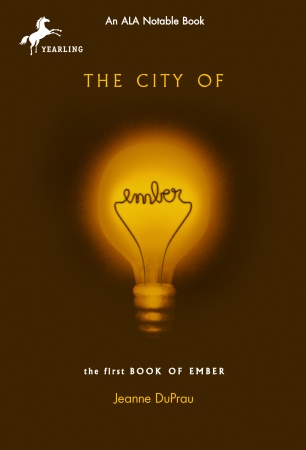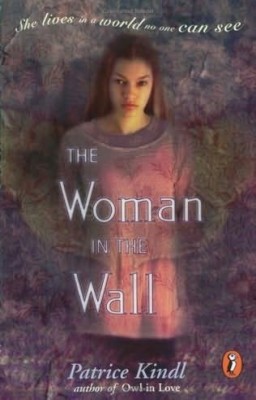Date read: 6.8.10
Book from: Borrowed from my brother
Reviewer: Emera
Since I’ve been wasting too much time trying to write summaries and not enough actually reviewing, I’m deploying a back-cover summary here:
Somewhere in South America, at the home of the country’s vice president, a lavish birthday party is being held in honor of the powerful businessman Mr. Hosokawa. Roxane Coss, opera’s most revered soprano, has mesmerized the international guests with her singing. It is a perfect evening – until a band of gun-wielding terrorists takes the entire party hostage. But what begins as a panicked, life-threatening scenario slowly evolves into something quite different, a moment of great beauty, as terrorists and hostages forge unexpected bonds and people from different continents become compatriots, intimate friends, and lovers.
So my main difficulty with Bel Canto laid in the fact that it’s halfway a rapturously romantic fable about the power of art – opera in particular – and love, and halfway a grim tragedy. Now, that’s basically the story’s selling point, that the author plays on the tension between romance and realism, but it left me feeling a little cold and mostly troubled throughout. The romance reaches such giddy heights, with character after character discovering hidden talents and unexpected love, that my suspension of disbelief (which is notoriously generous) just gave up and wandered away about halfway through, leaving me reluctant to be really convinced and moved by any of it. (I still teared up at the ending, though.)
This despite Patchett’s coolly, dreamily elegant and often funny prose, the artfulness of the entire set-up, and my wanting to really care for the characters, all of whom are very human and carefully drawn. There’s a French ambassador who just wants to go home to his wife, a vice president who throws himself with increasing satisfaction into his role as maid to captors and captives alike, a translator who’s forced to find words of his own for the first time in his life, a weary Red Cross negotiator who watches the breakdown of the hostage-terrorist divide with growing unease… I did think that their development suffered from the fact that the cast is so large, so that many don’t get much further than sketches, even if those sketches are evocative.
All in all, I found the book pleasing in style and admirable in craft, but as a whole it just didn’t click for me.
Go to:
Ann Patchett

